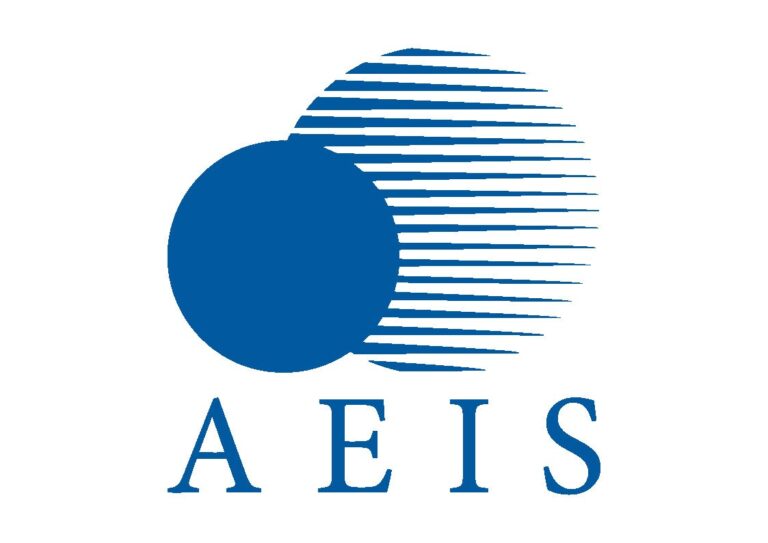India is set to embark on an ambitious journey of becoming a global leader in the semiconductor industry. With a projected domestic semiconductor consumption expected to cross $80 billion by 2026, India’s push for semiconductor self-reliance lies in its vision to reduce dependence on imports and establish domestic manufacturing capabilities. Policymakers and politicians, including Prime Minister Narendra Modi, have emphasized the sector’s importance to India’s future and aim to establish the country as a key partner in the global semiconductor supply chains. This vision is propelled by several advantages that India possesses, making it a promising destination for semiconductor innovation and production.
One of India’s key advantages is its vast and burgeoning market potential. With a rapidly growing population and a burgeoning middle class, India offers a huge consumer base for semiconductor products, providing a strong demand driver for the industry. More specifically, India’s talent pool can propel semiconductor developments and encourage domestic chip design skills by giving a significant emphasis on skill development and innovation.
The government’s push to boost domestic manufacturing through policies like the Production Linked Incentive (PLI) scheme for electronics manufacturing further enhances the attractiveness of the Indian market for semiconductor companies. The Indian semiconductor market is poised to witness stellar growth backed by projections reaching $55 billion by 2026. This reflects India’s increasing focus on domestic semiconductor manufacturing and its ambition to establish a strong presence in the global semiconductor supply chains.
With investments in semiconductor fabrication plants and production facilities, India aims to reduce its reliance on imports and boost its self-dependence (Atma Nirbharta) in the semiconductor industry. India’s ambition to establish a successful semiconductor ecosystem has achieved significant milestones recently, with plans announced for the construction of India’s first semiconductor fabrication plant by the Israel-based International Semiconductor Consortium in February 2023. Additionally, Indian conglomerate Vedanta and Taiwanese manufacturer FoxConn have invested $19.5 billion in building semiconductor and display production plants in the state of Gujarat, with construction expected to commence in the next two and a half years.
The investment by the International Semiconductor Consortium and Vedanta-FoxConn partnership reflects the growing interest from international and domestic players in India’s semiconductor industry. The Centre on Tuesday asserted that there is an anticipation build-up globally around India’s semiconductor plans and its capacity to become the next hub — an endeavor that would require the talent and specialized skills of over 10-lakh strong workforce. The semiconductor industry is highly competitive, with major players from countries like the United States, China, South Korea, and Taiwan dominating the market.
However, in recent times, India has emerged as a rising star in the industry, endowed with a comparative edge that could potentially reshape the landscape of the global semiconductor sphere. However, there are challenges that India must overcome to realize its potential as a global hub for semiconductor manufacturing. One such challenge is securing raw materials such as neon gas, C4F6, palladium, rhodium and titanium which are needed for semiconductor manufacturing. Due to disruptions in supply chains caused by geopolitical conflicts such as Russia-Ukraine war, there has been the global scarcity of these raw materials leading to increased prices.
India has enormous potential to become a global hub for semiconductor manufacturing. With its vast market potential, talented workforce, supportive government policies, growing interest from international players and collaborations with global manufacturing players, India is well-positioned to establish itself as a key player in the global semiconductor supply chain. The future looks bright for India’s semiconductor industry as it continues to grow and innovate.








